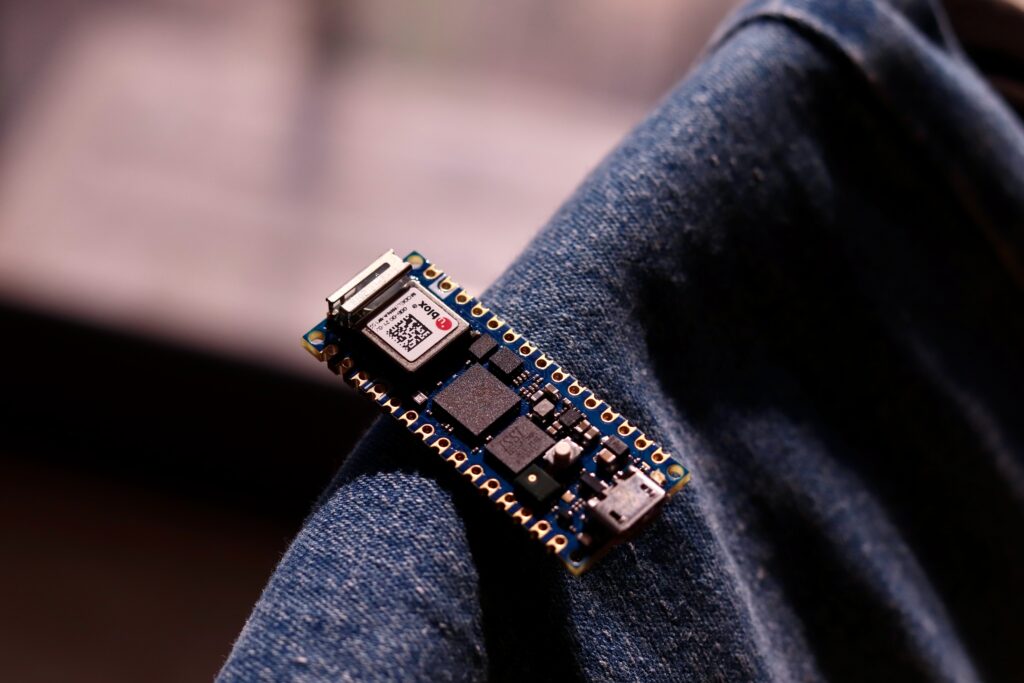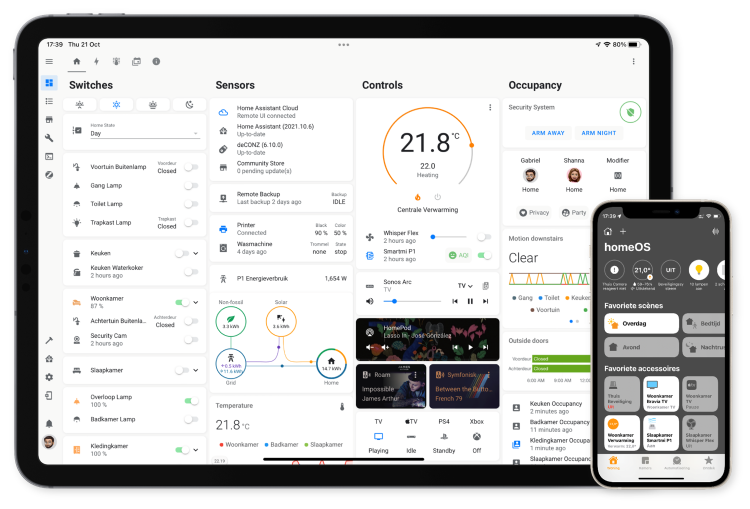Raspberry Pi, a compact and affordable computer, has revolutionized the DIY tech scene. From coding beginners to seasoned tinkerers, Raspberry Pi offers a canvas for creativity and innovation. Here are three engaging Raspberry Pi projects that you can dive into over the weekend.
1. Home Media Server with Raspberry Pi
Ever dreamed of having your personal Netflix or Spotify? With Raspberry Pi, you can build your home media server to stream movies, music, and pictures across all your devices.
To achieve this, you’ll need a Raspberry Pi board, a MicroSD Card with a suitable operating system (like Raspbian), an external hard drive with your media, and software like Plex or Kodi to manage and stream your media.
After setting up your Pi with the chosen operating system, install your media management software, connect your external hard drive, and set up the media library. Voilà! Your home media server is ready to stream your favorite content wherever you are in your home.
2. Retro Gaming Console
Unleash your nostalgia for old-school video games by turning your Raspberry Pi into a retro gaming console. For this project, you’ll need a Raspberry Pi, a MicroSD Card with the RetroPie operating system (a software package dedicated to emulating retro video games), and a controller.
Once you’ve set up RetroPie on your Raspberry Pi, you can install game ROMs (ensure you’re aware of the copyright issues surrounding ROM distribution). With everything installed, your retro gaming console is ready to take you down memory lane with classics like Super Mario, Sonic the Hedgehog, and The Legend of Zelda.
3. Weather Station
Interested in meteorology? Your Raspberry Pi can serve as a weather station, collecting and analyzing data about the weather in your locale. This project requires a Raspberry Pi, a weather sensor (like the BME280 sensor which can track temperature, humidity, and air pressure), and software for reading sensor data and analysis.
After connecting your weather sensor to your Raspberry Pi and setting up the necessary software, your Pi can start collecting weather data. With proper programming, you can even create a dashboard to visualize and track changes in weather conditions over time.
Wrapping Up
These are just a glimpse of what Raspberry Pi can do. Whether it’s setting up a home media server, diving into retro gaming, or tracking weather conditions, the possibilities with Raspberry Pi are boundless. All you need is a Raspberry Pi, a bit of kit, and a healthy dose of curiosity. Happy tinkering!
Note: Safety is paramount when dealing with electronics. Always follow manufacturer instructions and safety guidelines when handling Raspberry Pi or any electronic components.



